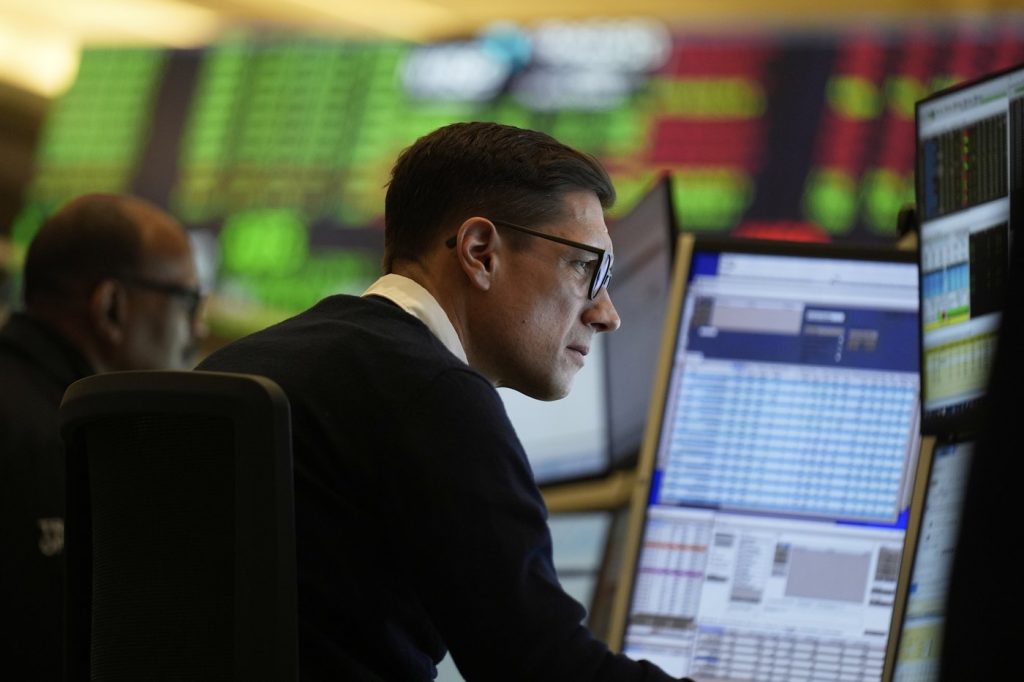On Wednesday afternoon, U.S. stock indexes experienced a rise as Wall Street awaited announcements from the Federal Reserve regarding the future of interest rates. The S&P 500 index was up 0.8%, while the Dow Jones Industrial Average increased by 262 points (0.6%) as of 12:33 p.m. Eastern time. Equally, the Nasdaq composite saw a rise of 1% during the trading session.
This mild increase in trading provided a pause after several weeks of a turbulent market, marked by significant volatility. Investors are grappling with uncertainties stemming from President Donald Trump's policies on tariffs and their impact on the U.S. economy. The President's administration has voiced a desire to bring manufacturing jobs back to the U.S. while significantly reducing the federal workforce. Concerns are growing that the ongoing tariff disputes may lead to reduced spending from both businesses and households.
If economic conditions worsen, the Federal Reserve has the capacity to lower interest rates, which currently range from 4.25% to 4.50%. However, the situation poses a tricky dilemma for the Fed, as lowering rates could also exacerbate inflation, an issue heightened by the ongoing tariffs. The Federal Reserve lacks effective solutions for tackling the phenomenon of “stagflation,” characterized by stagnant economic growth coupled with high inflation.
There is widespread anticipation among Wall Street analysts that the Federal Reserve will announce no changes to interest rates during this meeting, as the job market appears relatively stable despite concerns over economic growth. Additionally, the Fed's forthcoming set of forecasts is of greater interest for investors, as it will reveal expectations for interest rates, economic growth, and inflation in the coming years.
The outlook among traders suggests that there could be two to three interest rate cuts by the end of 2025. On the stock front, Nvidia gained 1.9%, reducing its year-to-date losses to 12.4%. The company recently hosted an event detailing its future plans, which helped alleviate fears regarding a slowdown in demand for artificial intelligence-related computing power, according to UBS analysts.
Another significant performer was Tesla, which rose 4.4% after two consecutive losses of approximately 5%. Despite this rise, the company remains down 41.7% for 2025. Ongoing concerns about potential customer backlash against CEO Elon Musk's cost-cutting measures have clouded the company's performance.
In contrast, General Mills saw a decline of 2.3% despite reporting a stronger quarterly profit than analysts had anticipated. The firm’s revenue fell short of expectations, largely due to a slowdown in snack sales, compelling it to adjust its revenue and profit forecasts for the full fiscal year.
On a global scale, Japan's Nikkei 225 index slightly dipped by 0.2% after the Bank of Japan decided to maintain its interest rates, a move that was widely anticipated. Additionally, the country reported a trade surplus for February, with exports soaring over 11% as manufacturers rushed to avoid impending tariffs.
Other global indices showed a mixed performance across Europe and Asia, while in the bond market, the yield on the 10-year Treasury noted a slight decline, falling to 4.30% from 4.31% late Tuesday.










